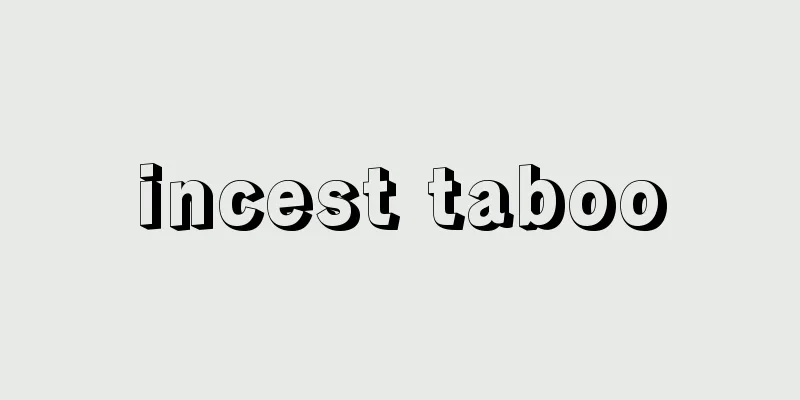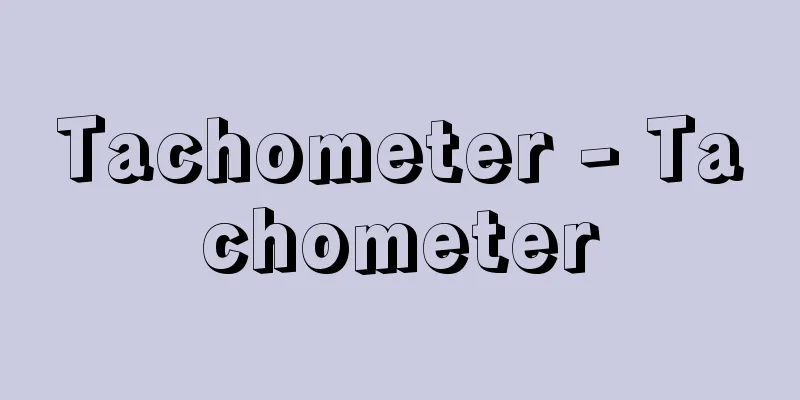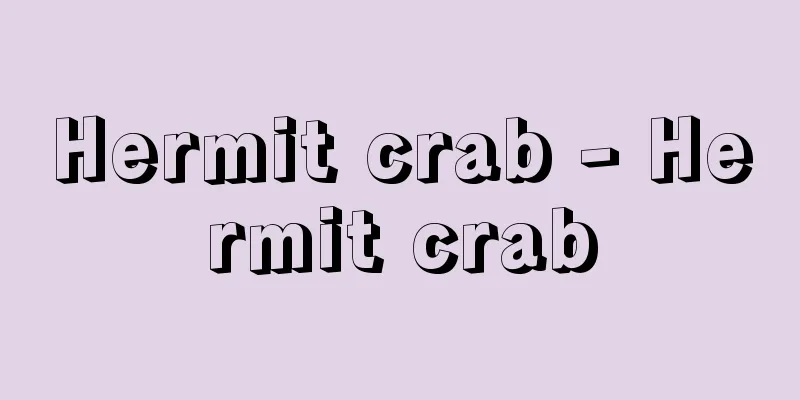incest taboo

|
It usually refers to a rule or custom that prohibits sexual relations between close relatives, but the scope of what constitutes "incest" varies greatly from society to society, and in many societies it applies to relationships between distant relatives who do not even know each other. In the history of anthropology, various theories about incest have been proposed. These theories attempt to explain the universality of this taboo based on the premise that it is a universal and homogeneous rule in all human societies. Brother-sister marriages among the royal families of ancient Egypt, the Inca Empire, and the Hawaiian dynasty were not simply considered exceptions, but were interpreted as deliberate violations to demonstrate the sacredness of the royal family, and were often treated as proof of the universality of the taboo. A common explanation is that incest is to avoid negative genetic effects, but this has been denied, as knowledge of genetics is very recent in human history and inbreeding is not particularly disadvantageous genetically. Two opposing instinct theories were put forward. Freud saw incest as an instinctive desire, and taboo as an unconscious mechanism for repressing it. Radcliffe Brown explained, based on Western common sense, that incest is forbidden because it causes an instinctive rejection reaction. Like Murdoch, both theories viewed incest as a sexual relationship within a family, between parents and children or siblings (only in this sense can incest be translated as "incest"). Westermarck took the environmental theory, arguing that incest aversion arose from the process of growing up together in the same house. However, like the Radcliffe-Brown theory, this does not explain the origin of the rule, because there is no need to prohibit something that is already avoided by aversion. Lévi-Strauss viewed this taboo as a unique institution that is rooted in nature because it is universal, and that belongs to culture because it is a rule, and explained that by identifying it with exogamy, it created solidarity between groups through marriage (the exchange of women) and served to establish a wider society, but this theory has also been refuted both on the basis of evidence and logic. It was Leach who questioned the very basis of the existence of such "incest theory." He questioned the universality of the prohibition of incest between parents and children, citing that in North Burma, sexual relations between mothers and sons are considered adultery rather than incest, and that in the Trobriand Islands, relations between fathers and daughters are also considered adultery. Needham compared the vocabulary that corresponds to incest with the rules that prohibit sexual relations, pointing out that this prohibition does not have homogeneity as a single analytical concept, and concluded that a general theory of incest is impossible. He argues that the totality of various rules regarding sexual access to women differs from society to society, and that so-called incest is only a part of the prohibitions within that. This view seems to be the most reasonable at present. [Mitsuru Hamamoto and Nobuhiro Nagashima] "Rethinking Anthropology, by E. Leach, translated by Aoki Tamotsu and Inoue Kaneyuki (1976, Shisosha)" "The Elementary Structures of Kinship, by Levi-Strauss, translated by Mabuchi Toichi and Tajima Setsuo (1977, Bancho Shobo)" "A History of Marriage, by Westermarck, translated by Emori Isamu (1970, Shakaishisosha)" Source: Shogakukan Encyclopedia Nipponica About Encyclopedia Nipponica Information | Legend |
|
通常、近い親族間の性的関係を禁じる規則あるいは慣習をいうが、「近親」の範囲は社会によって千差万別であり、顔も知らぬ遠縁の間柄にも適用されている社会も少なくない。 インセストについては人類学史上さまざまな理論が提唱されてきた。そうした理論は、この禁忌が全人類社会に普遍的で同質の規則であるという前提に基づいたうえで、その普遍性を説明しようとしたものである。古代エジプト王朝、インカ帝国、ハワイ王朝などで行われていた王族における兄弟姉妹婚は、単なる例外としてではなく、王族の神聖性を示すための故意の侵犯と解され、逆に禁忌の普遍性の証明として扱われることが多かった。 遺伝的悪影響を避けるためであるという説明はよくなされるが、遺伝学的知識は人類の歴史上ごく最近のものであるし、また遺伝学的には近親交配はとくに不利なものではないということで否定された。二つの相反する本能説が出された。フロイトはインセストを本能的欲求とし、禁忌はそれを抑圧する無意識のメカニズムとした。ラドクリフ・ブラウンは、西欧常識に基づいて、インセストは本能的な拒絶反応を引き起こすから禁じられたと説明した。どちらの説も、マードック同様に、インセストを家族内における親子・兄弟姉妹間の性的関係としてとらえていた(この意味においてのみ、インセストは「近親相姦」と訳せる)。 ウェスターマークは環境説をとり、同じ家屋でいっしょに育つ過程でインセストに対する嫌悪が生じるとした。しかしこれではラドクリフ・ブラウン説同様、規則の起源の説明とはいえない。すでに嫌悪によって回避されるものを改めて禁じる必要がないからである。 レビ(レヴィ)・ストロースはこの禁忌を、普遍的であるがゆえに自然に根ざし、規則であるがゆえに文化に属する唯一の制度ととらえ、それを外婚制と同一視することによって、結婚(女性の交換)を通じて集団間の連帯をつくり、より広い社会を成立させる働きをしたと説明したが、この説も、証拠のうえからも、論理的にも否定された。 こうした「インセスト理論」の存在基盤そのものに疑問を投げたのはリーチである。彼は、北ビルマでは母と息子の性的関係がインセストではなく姦通とされており、トロブリアンド諸島では父と娘の関係が同様に姦通であることを引いて、親子間のインセストの禁止の普遍性を疑った。ニーダムは、インセストに相応する語彙(ごい)の比較と、性的関係を禁止する規則の比較を行って、この禁忌が一つの分析概念としての同質性をもたないことを指摘し、インセストに関する一般理論はありえないと結論した。彼は、女性に対する性的接近に関する多様な規則の総体は社会によって異なり、いわゆるインセストはそのなかの禁止条項の一部にすぎないとしている。この見解は現在のところもっとも妥当なものと思われる。 [濱本 満・長島信弘] 『E・リーチ著、青木保・井上兼行訳『人類学再考』(1976・思索社)』▽『レヴィ・ストロース著、馬淵東一・田島節夫監訳『親族の基本構造』上下(1977・番町書房)』▽『ウェスターマーク著、江守五夫訳『人類婚姻史』(1970・社会思想社)』 出典 小学館 日本大百科全書(ニッポニカ)日本大百科全書(ニッポニカ)について 情報 | 凡例 |
>>: Silver needle grass - Ginshinsou
Recommend
One hundred steps - Ohyakudo
→ 100-step pilgrimage Source: Shogakukan Encyclop...
Sensitometry
…To determine the sensitivity of a photographic m...
Meiji Culture Research Society - Meiji Culture Research Society
A research group on the Taisho and Showa periods. ...
Kobanoshikaguma - Kobanoshikaguma
A perennial fern of the Acanthaceae family that is...
Allometry
Relative growth is the quantitative relationship b...
Uzumasa Temple
Another name for Koryuji Temple. Source: The Selec...
Jeffreys, H.
...When such calculations are performed for a sta...
New edition added - Shinpen Tsuika
This is a compilation of single-line laws issued ...
Skylark - Skylark
→Binzui Source: Shogakukan Encyclopedia Nipponica...
Modern French-Belgian School
…His famous pupil was Beautemps. The lineage of o...
Turtle Play - Kameshibai
...The programs included sumo wrestling with thre...
abhang
… He spoke harshly of his dissatisfaction with th...
Mantra - Ruika
〘 noun 〙① A song to mourn the dead and praise the ...
Surcot (English spelling) [France]
In English, it is called a surcoat. It is an outer...
Myxovirus influenzae
…If the type of virus in circulation and the type...









